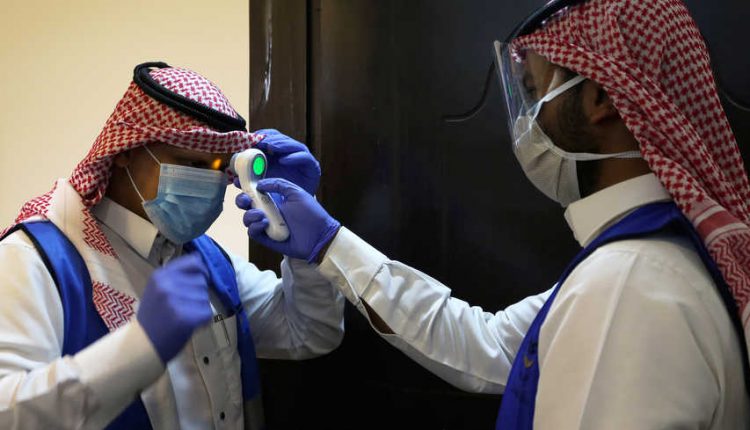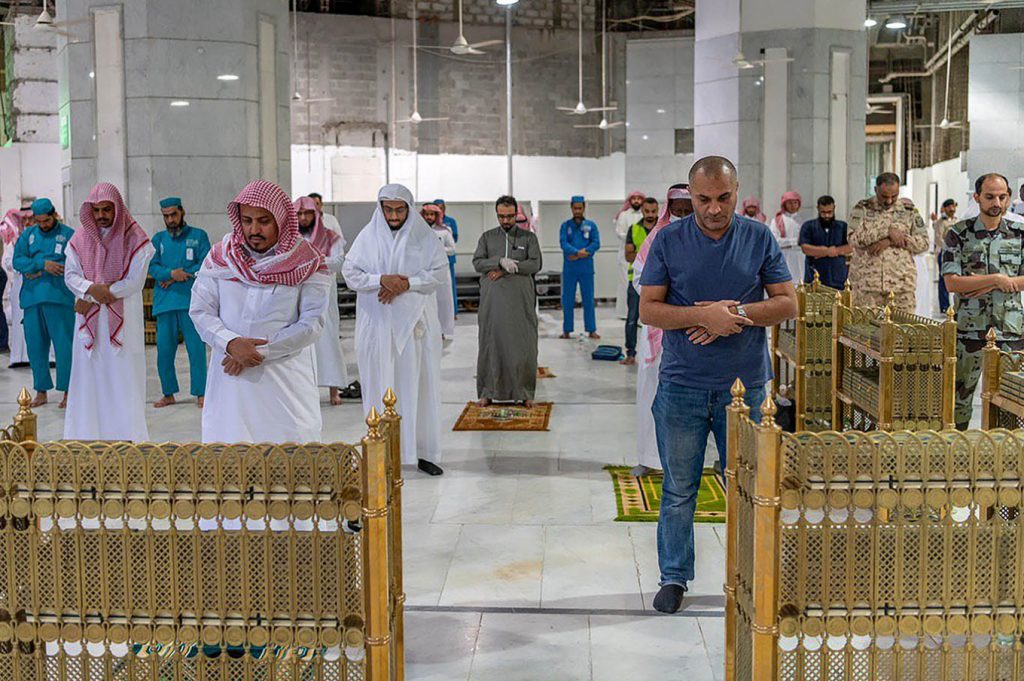By Malak Khaled
Eid Al Adha this year coincides with the novel of coronavirus, so in order to celebrate it safely, the World Health Organisation (WHO) came out with guidelines that offer public health advice and regulate our social gatherings and religious practices.
According to WHO, “Canceling social and religious gatherings should be seriously considered,” recommending that any decision made concerning this issue should be “based on a standardized risk assessment exercise, taking into account the current epidemiological trends, capacities, and resources.” These decisions and measures should be part of a “comprehensive approach taken by national authorities to respond to the pandemic.”

If social and religious gatherings are canceled, WHO encourages the use of virtual alternatives, using platforms such as television, radio, and social media to mitigate transmission. The organization created a list of procedures for if gatherings are not canceled, to be followed in order to mitigate the risk of COVID-19 in Eid Al Adha festivities.
They advised strict physical distancing of at least one meter between people at all times and if this physical distancing cannot be achieved, then wearing a mask is the way to go. However, it’s very important to follow the best practices on how to wear, remove, and dispose of masks, as well as proper hand hygiene after removal.
Avoiding physical contact is ideal, which is why they suggested using “culturally and religiously sanctioned greetings such as waving, nodding, or placing the hand over the heart.” Large gatherings in places such as markets, shops, entertainment venues, or mosques should be prohibited or restricted by rules to avoid crowds or mass gatherings.
WHO also suggests that high-risk groups such should avoid and not attend any events or gatherings. This includes individuals aged 60 and older or anyone with pre-existing medical conditions such as diabetes, hypertension, cardiac disease, chronic lung disease, cerebrovascular disease, chronic kidney disease, immunosuppression, and cancer.
Consider holding events outdoors if possible, and if indoors then it has to have adequate ventilation and airflow. The length of the event should be shortened to limit potential exposure between people with a small number of attendees while practicing social distancing at all times.
Also, ensure that people are keeping healthy hygiene by making available everything needed to sanitize hands, including soap and water and at least 70% alcohol-based hand-rubs at the entrance and inside, as well as tissues and bins with closed lids and disposable bags.
For people who are going to pray at the mosque, it’s advised to use your own carpets, make sure the mosque is clean before entering and keep your distance while practicing wodoo’ if you’re going to do it in the mosque.
It is well known that during Eid, people often distribute meat as a charity, so while doing that, you have to consider physical distance and in order to avoid the gatherings associated with the distribution you should pick one member from each household to perform or oversee the sacrifice, and butchering should preferably be done through centralized agencies or services that would adhere to necessary safety measures.
They also advised not to slaughter animals that look even remotely sick and ensure that the slaughter facility staff is also practicing social distancing, hand hygiene, as well as proper cough etiquette.



